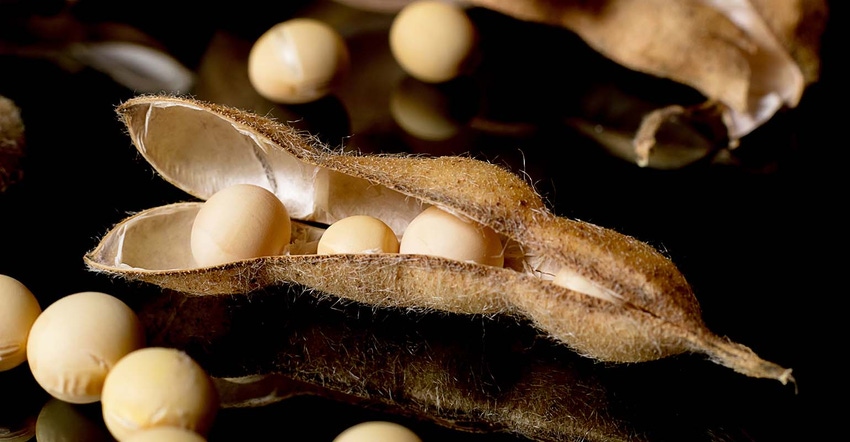
Many farmers were hoping that the majority of the bad news was already built into the market by the time October’s WASDE report came out yesterday. Some traders were looking to “Buy the Rumor, Sell the Fact,” or in this case “Sell the Rumor and Buy the Fact.”
It was no secret that soybean yields appeared to be outperforming expectations, which would create a larger soybean crop. The question was not if it was going to get bigger, but by how much.
Typically, in this scenario, the market begins drifting in the direction of the market bias. By the time new information is released, that price action has already taken place. When the truth comes out, even if it is in line with that original trader bias, the market can bounce back the other direction. However, it has not worked out like that with further follow through to the downside today.
Between technical signals and yield updates, we recommend advancing soybean sales to our customers and get hedges in place going into the report. November put options were cheap, but they didn’t offer much time. However, the put options provided some protection through the report, which is what we wanted. Follow through action to the downside today could indicate that the worst is not yet over. The USDA bumped up yields half a bushel more than the trade expected, to 51.5 bushels per acre. Who is to say that the USDA can’t continue to increase soybean yields in the November report as well?
Soybean yield updates
The U.S. is only halfway through harvest. So far, soybean yields have been a good surprise. It seems like 70 to 75 bpa in Northwest Iowa is a pretty common occurrence when many people were expecting closer to 60 bpa. USDA raised Iowa’s soybean yields by 2 bpa to 61 bpa overall.
We have also heard many surprising yields in South Dakota coming in at 20 bpa above APH, which were initially expected to come in at 20 bpa below APH. USDA also boosted soybean yields in South Dakota by 2 bpa, which was also the case for Kansas, Minnesota and Nebraska. Wisconsin’s yield got bumped up by 5 bpa.
Technical signals
Technical information in the beans looked horrible as we had already traded back below June lows, breaking the 200-day moving average. Last week’s close was telling us how bearish traders were when the market began to rally, briefly making a new high for the week, only to do an abrupt about-face and then proceed to give up 20 cents by the close.
If that wasn’t enough, the worst signal was the 50-day moving average moving below the 200-day moving average for the first time since this rally began in August of last year. Technical nerds actually have a name for this, which is called the “Death Cross.” It has actually been an accurate indicator for some of the worst bear markets in history.
Exports bring about good news
On the bright side, exports are ramping up. Yesterday saw early October exports for soybeans virtually double what the average trade was looking for – not that the market seemed to care at all. We think this trend will continue at least through January.
Brazil is out of both soybeans and corn, so China will need to continue buying from the U.S. Based on the USDA’s 2.09-billion-bushel export goal, we will need to export over 40 million bushels per week from now until the end of the marketing year. China is behind on their Phase I purchases, so they should be incentivized to speed those up. We are concerned they may try to wiggle out of their Phase I trade obligations, and we want to see the current administration hold their toes to the fire.
RELATED: Ambassador Tai looks to correct course with China
We were looking for the $12 support level to hold in November futures, but we have busted through that. Today’s support may have identified $11.84 which was established on March 31.
Matthew Kruse is President of Commstock Investments. He can be reached at 712-227-1110.
Futures trading involves risk. The risk of loss in trading futures and/or options is substantial and each investor and/or trader must consider whether this is a suitable investment. Past performance is not indicative of future results. Trading advice is based on information taken from trades and statistical services and other sources that CommStock Investments believes to be reliable. We do not guarantee that such information is accurate or complete and it should not be relied upon as such. Trading advice reflects our good faith judgment at a specific time and is subject to change without notice. There is no guarantee that the advice we give will result in profitable trades.
The opinions of the author are not necessarily those of Farm Futures or Farm Progress.
Read more about:
ChinaAbout the Author(s)
You May Also Like






